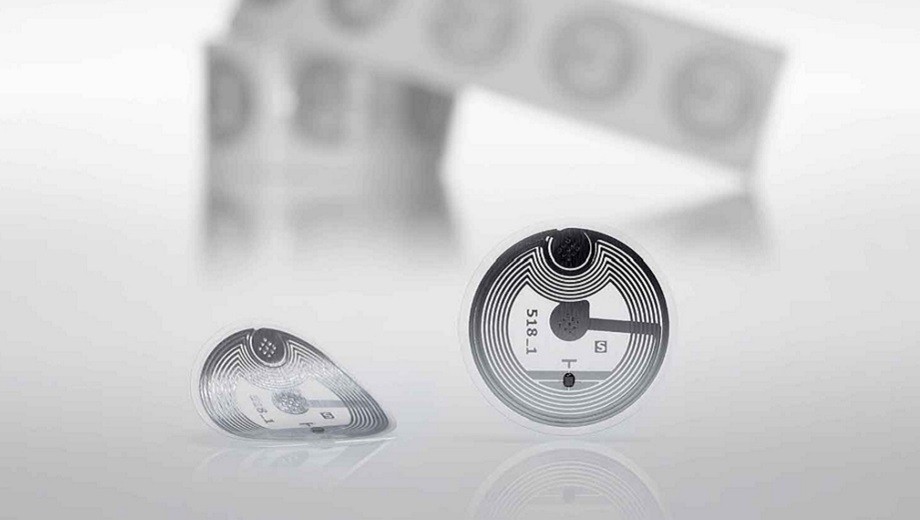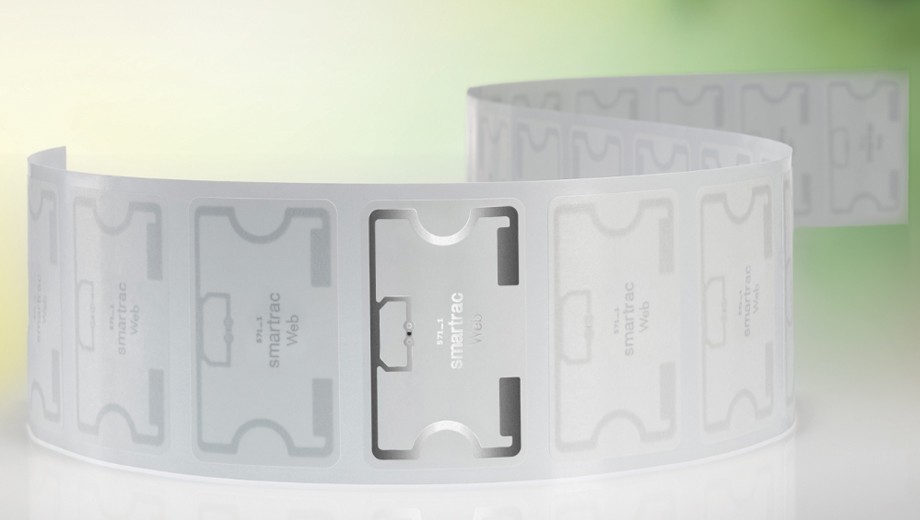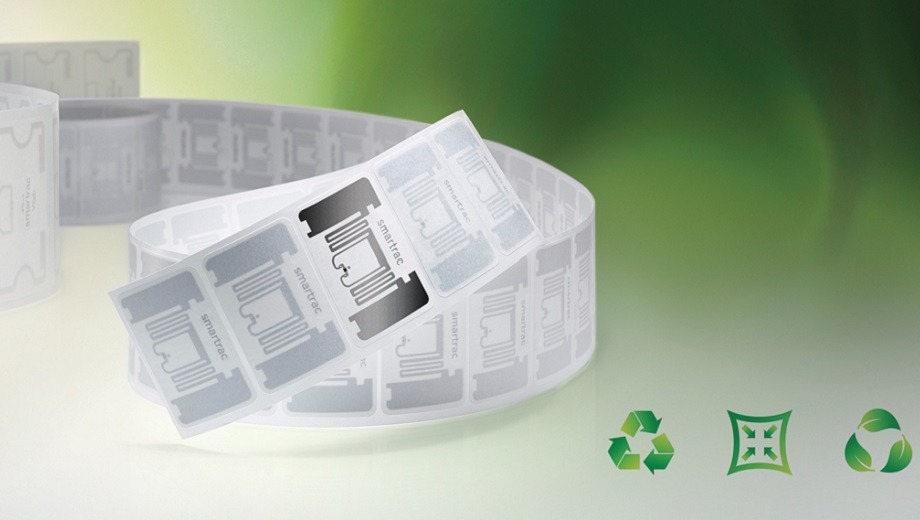Have you ever wondered what happens to inlays and tags, when the products and packaging they’re attached to reach their end of life? Why is it important to know, and what impact does it have on our environment? Check out how Smartrac is creating ‘green’ products that take environmental protection to the next level.
Many electronic products and components are burned at the end of their life, which has the potential to release all sorts of dangerous toxins. Incineration (burning) is a common means of waste disposal in both developing countries as well as in the most advanced economies.
Packaging materials are also commonly burned, and many of these products and packaging will incorporate inlays and tags. So, it’s important for Smartrac to make sure that its products are 'green' even when burned, including any chemical components.
Why is being halogen-free important?
The chemicals that have been the cause of some concern in the industry are called halogens. These are chemical elements which, during burning, can spread harmful fumes, attack building components, and cause casualties by emitting toxic gases. While none of the inert halogens used in electronic devices can cause harm in their normal state, they can be harmful if they are destroyed by fire or when proper recycling and disposal methods are not used, such as in some developing countries.
Halogens like Bromine are commonly used as flame retardants, to resist high temperatures and to slow down the rate at which materials burn in case of a fire. Chlorine, another halogen, is found in many epoxy resins. These are used in manufacturing Printed Circuit Boards (PCBs), in the assembly of RFID inlays, and as laminating adhesives used in tag antenna materials.
Since RFID tags can be embedded in a variety of materials for attaching to packaging materials, and attached directly to electronic and many other products, these tags will often be recycled with packaging waste and end-of-life products. So, it’s important to be sure that they contain no halogens.
Working toward a green future
Using halogen-free materials at the point of manufacture is the obvious way to avoid potential problems when the time comes to dispose of inlays and tags attached to packaging and products. Even though the use of halogen-free materials may not be generally required by law, it makes simple environmental sense to avoid using halogens where possible - and offers customers the opportunity to source halogen-free components, which is of particular importance to electronics industry customers for example.
Smartrac has been addressing the issue of halogen-free manufacture for some time. The company has already taken the necessary steps to ensure that its operations comply with, and surpass, all relevant and important industry standards.
Today, all inlay and hard tag raw materials used at Smartrac’s factories in Guangzhou (China), Fletcher Inc. (NC, USA) and Kulim (Malaysia) are halogen-free in compliance with the IEC’s definition (see box).
In terms of products, all of Smartrac’s Intelligent Things Business Division’s hard tags and inlays (UHF, HF and NFC) are halogen-free, and most have been that way already since 2013.
To underline this commitment, the company highlights the green, halogen-free status of its products using a specific logo, which can be found on product datasheets.
As a responsible company, Smartrac has always had a strong focus on making products that have as little impact on the environment as possible. For this reason, the company also designs its products to comply with the Restriction of Hazardous Substances Directive (RoHS), the Waste Electrical and Electronic Equipment Directive (WEEE), and REACH (Registration, Evaluation, Authorization & Restriction of Chemicals).
In so doing, the company actively avoids releasing hazardous substances and provides high-level protection to the environment. Furthermore, Smartrac follows other international regulations such as the Clean Air Act and Toxic Substance Control (TSCA).



